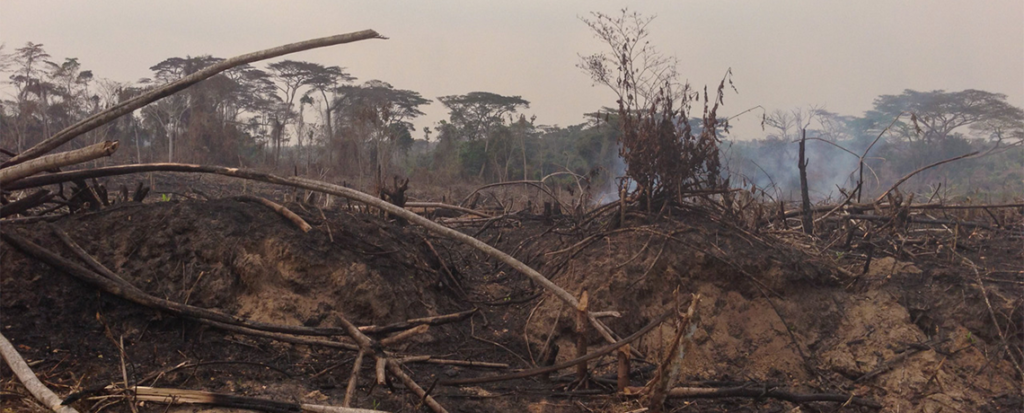
Originally published at MongaBay.com
- Forest covers at least 112 million hectares of the Democratic Republic of Congo.
- Studies from 2013 show that subsistence agriculture and the need for firewood threaten DRC’s forests, and new investments in the countries forests by industrial outfits could contribute to the problem.
- DRC’s leaders have signed on to international agreements and have begun to receive millions of dollars to finance projects aimed at keeping DRC’s forests standing, protecting global climate and reducing poverty.
The Democratic Republic of Congo’s extensive forests seem like a bright spot in an otherwise-troubled country. With forests covering an area larger than Colombia, DRC has managed to sidestep the surge in losses that forest-rich countries in South America, Southeast Asia and elsewhere in Africa have suffered.
It has become an important country partner in the UN’s REDD+ program. Short for “reducing emissions from deforestation and forest degradation in developing countries,” REDD+ promises DRC hundreds of millions of dollars for environmental and development work, coming from the governments of Norway, Germany, France, the U.K., and the EU. In exchange, the country’s leadership has agreed to preserve the country’s stockpile of carbon tucked away in the vegetation of its forests, estimated to be around 22 billion metric tons (48.5 trillion pounds).
A calming of conflicts in the war-weary DRC too appears to be inching forward, pointing toward stability, if not prosperity, that the country hasn’t seen in decades.
But concerns have arisen about the precarious foundation for DRC’s success – if it will weather a contentious standoff in which President Joseph Kabila has lingered in office past the end of his final term, and the postponement of presidential elections to 2018, for example – as well as how effective the country’s forest conservation will be in practice.
As home to so much forest – pegged at somewhere between 112 million and 154 million hectares (between 432,434 and 594,597 square miles) depending on how it’s defined – DRC has a key role to play in achieving keeping the global average temperature below a 2-degree Celsius rise, laid out at the UN climate talks in Paris in 2015.
Realizing gains for both forest conservation and development, however, is still a relatively new idea in DRC. To many of the country’s leaders, “It’s either logging or conservation,” said Lionel Diss, formerly with Rainforest Foundation Norway (RFN), in an interview. The thought is that encouraging international investment in logging concessions, as well as other extractive industries such as mining, will bring economic development in tow.
